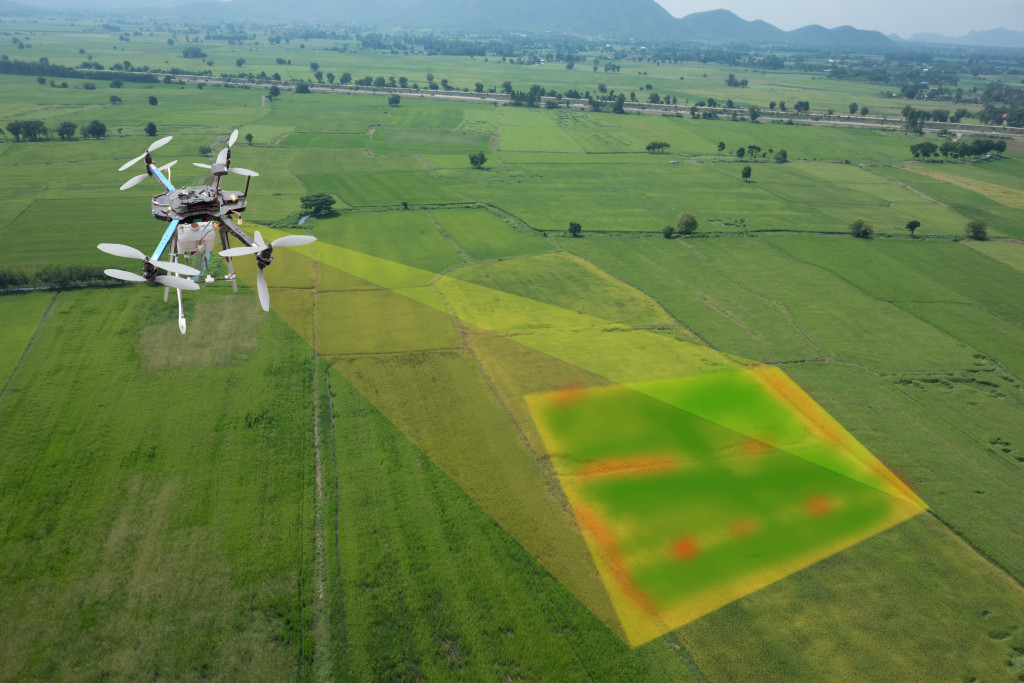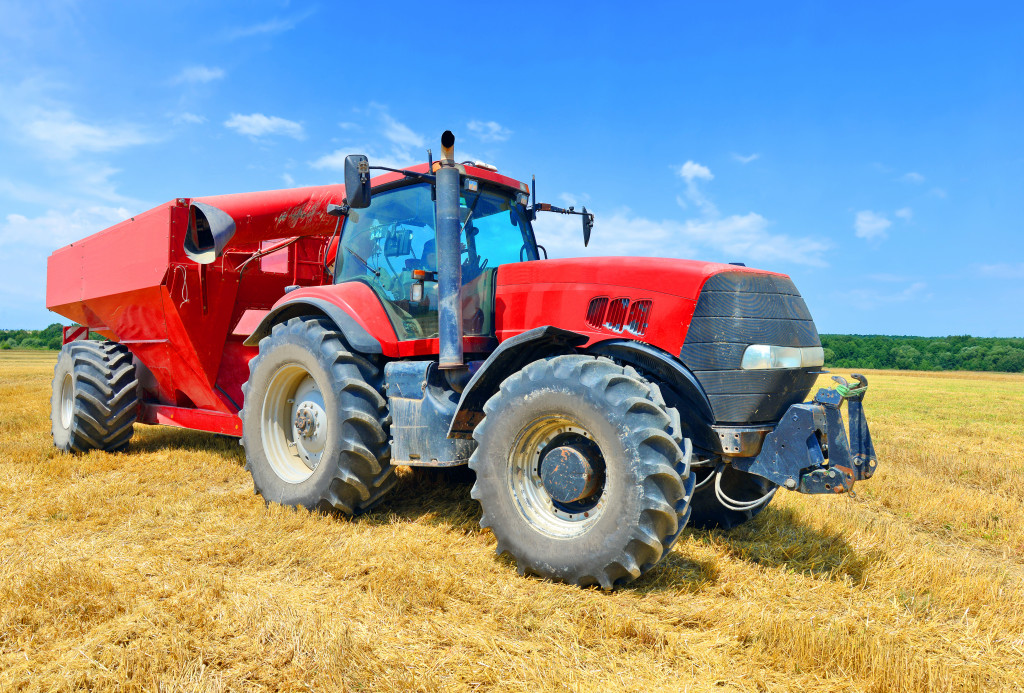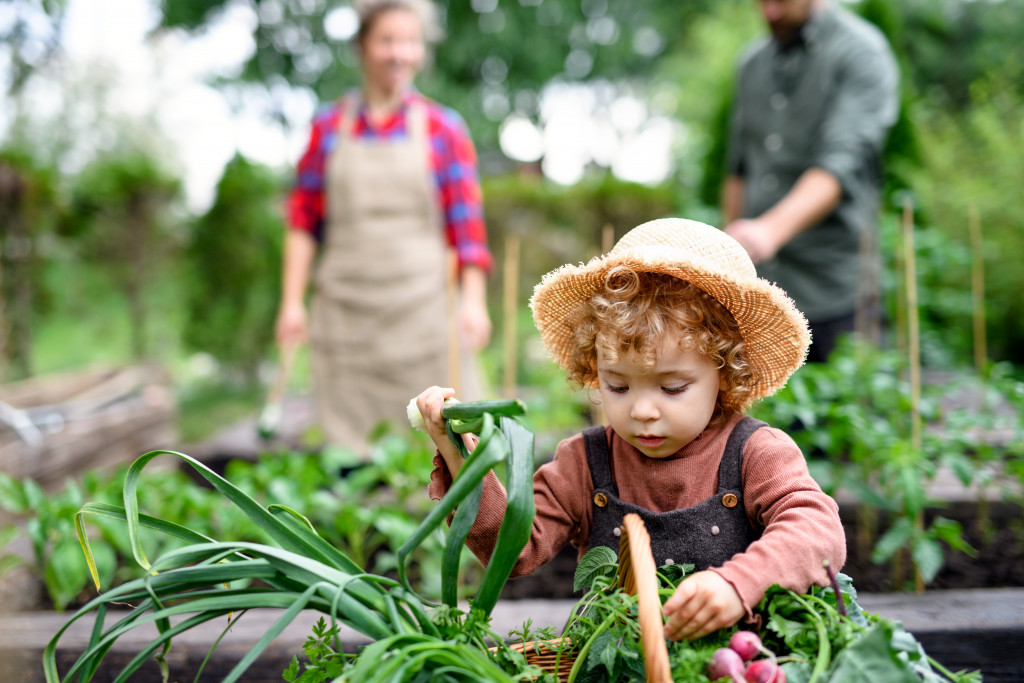- Utilize crop rotation, invest in precision agriculture technology, and use fertilizers efficiently to maximize yields.
- Monitor weather patterns to capitalize on favorable conditions during crucial points in the growing season.
- Consider purchasing second-hand farming equipment for long-term savings without sacrificing necessary tools.
- Implement digital marketing strategies such as SEO to reach a more significant customer base and reduce the cost per acquisition of new customers.
Farming is an industry that allows individuals to generate a lucrative profit and can benefit those looking to supplement their income or make a living. With the proper considerations, small farms can be very profitable.
For starters, small-scale farmers can benefit from the increasing demand for local food production. The availability of locally produced food has steadily increased in popularity as consumers seek out fresher ingredients and better-tasting items. Small-scale farms offer customers convenience, knowing that the products they are purchasing are of high quality. Additionally, many small farms sell their produce directly to consumers at farmers’ markets and roadside stands, thus avoiding intermediaries costs and ultimately earning more profits.
Still, you might want to make your small farm cost-effective. There will be plenty of expenses to maintain on a farm, such as equipment, labor, and supplies. To make sure your small farm is running smoothly and efficiently while cutting costs, here are some tips to consider:
Maximize Yield

Maximizing yield is one of the most critical steps when it comes to cutting costs in farming. By increasing your products through efficient use of land, crops can be harvested more quickly with fewer inputs such as water or fertilizers – ultimately resulting in increased profits for farmers. Here are a few steps to consider:
Utilize Crop Rotation
A critical step in maximizing yields is rotating different crops throughout the growing season so soils remain healthy while keeping pests at bay. Farmers should consider alternating between different types of products with varying nutritional needs or consider incorporating cover crops such as clover into their fields, which helps build soil structure and assists in controlling weeds, among other benefits.
Invest in Precision Agriculture Technology
Advanced technologies related to precision agriculture have allowed farmers access to more precise information about their fields than ever before, allowing them greater control over input costs while improving yields. Technologies such as sensors that measure soil moisture levels help keep irrigation systems efficient or aerial imagery mapping, which gives precise insight into crop development across entire fields, can improve yields significantly in comparison to traditional farming techniques by allowing accurate targeting of where best resources should be allocated within the area itself.
Utilize Fertilizers Efficiently
Fertilizers are essential for any successful crop production, but using too much fertilizer reduces profitability and has potential environmental consequences if it runs off into surrounding bodies of water or leaches into groundwater sources, adversely affecting nearby ecosystems and wildlife habitats. So, they will need to be used judiciously to maximize the potential of your land holdings. To ensure fertilizers are being used efficiently, it’s recommended that soil tests be conducted regularly so informed decisions regarding dosage amounts can be made accordingly.
Monitor Weather Patterns
Crop production involves numerous variables such as temperature fluctuations or weather patterns, all affecting yield potentials, so monitoring these weather patterns becomes critical for any farmer hoping to capitalize on favorable conditions during crucial points in the growing season, especially when dealing with short seasonal windows for planting certain types of crops like vegetables or fruits where timing becomes essential if seeking optimal outcomes. Understanding what kind of climate is required increases your chances of success when optimizing yields from your land holdings.
Purchasing Second-Hand Equipment

Farming equipment s one of the most vital investments a small-scale farmer will have to make, but it can be expensive, so many farmers purchase used equipment or second-hand models. This is more budget-friendly and allows farmers access to the latest technologies while avoiding investing in new machinery, which could quickly eliminate potential profits. When shopping for used items, it’s important to remember that the tool’s condition is just as critical as its price, so choosing wisely when buying second-hand goods should come with caution and research.
However, you must know what investments make sense as second-hand items. A tractor, for one, is an essential tool that small farmers need to obtain, and there are many second-hand farming tractors for sale, so it would be wise to look into these options as they can provide long-term savings while still allowing you the necessary farming tools to get the job done.
Perform Digital Marketing Strategies
Digital marketing can be a powerful tool to reduce costs and increase profits for small-scale farms. By utilizing digital marketing strategies, farms can reach a more extensive customer base and create increased product visibility. Digital marketing allows farmers to target potential customers precisely, saving on the cost of traditional advertising methods like newspaper ads or radio. Additionally, digital marketing requires fewer resources than conventional methods, as it does not require the printing or mailing of physical materials such as flyers or brochures.
With digital marketing, farms can also use search engine optimization (SEO) techniques to improve their website rankings in search engines and become more visible when potential customers are looking for local food sources. This allows them to draw in customers from a larger area, increasing sales volume without additional costs. Additionally, this method can bring down the cost per acquisition of new customers because they will be more likely to find the farm quickly, reducing the amount spent on traditional forms of outreach such as cold calling or mailers.
Final Thoughts
Ultimately, any small-scale farmer can become profitable and make a living if willing to do their due diligence when cutting costs. By following these steps, farmers can maximize yields while reducing overhead costs and taking advantage of digital marketing strategies to reach new customers. With proper planning and execution, small-scale farming can be financially and emotionally rewarding.





